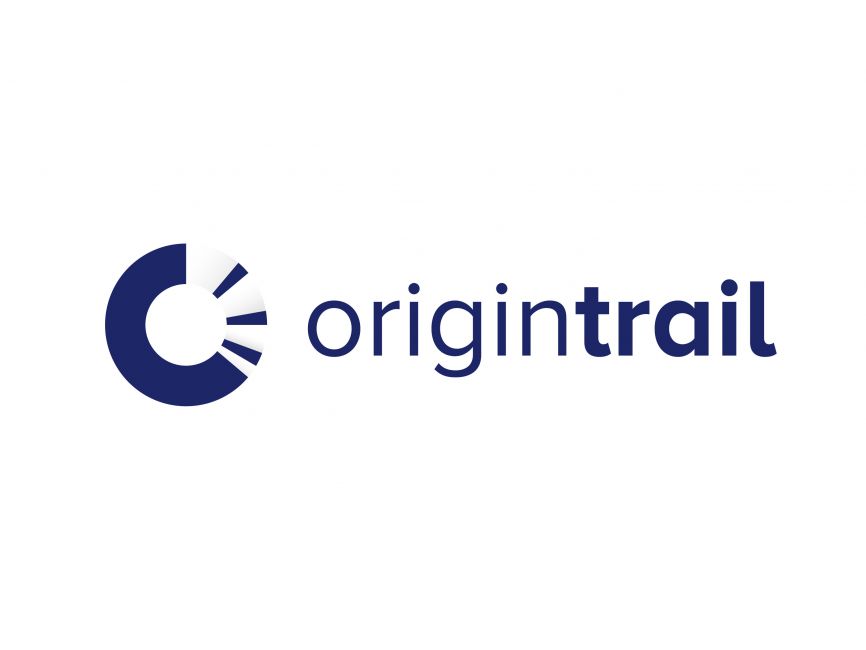
The OriginTrail (TRAC) blockchain was created to enable trusted data sharing along supply chains. It allows companies, organizations, and even other blockchains to safely and securely share information in its fully decentralized knowledge graph network. The data in the network is secured through monitoring activities of oracles and artificial intelligence agents. The OriginTrail protocol allows for expiration of data, and sensitive data can be protected through the use of zero-knowledge methods.
At its most basic level OriginTrail (TRAC) is a collection of decentralized network nodes holding and sharing data. The network’s TRAC token is what brings everything together on the network, and it can be used to keep data immutable and nodes honest (as a staking token), or as a payment token that compensates nodes for their resources and time. In total there are at least 6 different ways in which TRAC can be used.
The OriginTrail Protocol
OriginTrail (TRAC) enables data sharing for supply chains in a neutral, decentralized, open-source protocol. The network is comprised of nodes and an off-chain technology stack that was designed to allow the blockchain to interface with legacy software systems and other blockchains. With OriginTrail companies are able to enjoy trusted data exchange, and improve the interoperability of their legacy systems.
The protocol is designed to address three challenges that all enterprises face when attempting to connect their legacy systems to blockchains:
- Supply Chain Data Fragmentation – All supply chains have an issue with low data interoperability and with the existence of data silos. These create significant roadblocks when organizations seek to build collaborative applications, and when they attempt to establish supply chain transparency.
- Supply Chain Data Centralization – Data silos lead to centralization as current methods for removing such silos revolve around aggregating the data in a centralized manner. This has led to concerns regarding the integrity of the data and omitting accountability. Data tampering is also a huge concern whenever data is under centralized control. Existing decentralized networks cannot support supply chain applications in the transition to decentralization due to shortfalls with (1) data scalability, (2) lack of adequate database functionalities and/or (3) not being entirely neutral (permissionless).
- Sensitive Data Protection – Companies typically worry about any data sharing compromising their competitive position, meaning they remain very reluctant to share data unless it is required for regulatory reasons or because they are forced to do so. With centralized data exchange there are no protections for sensitive data, and this stops many companies from creating new business models.
OriginTrail Network Features
The OriginTrail Decentralized Network (ODN) went live in its mainnet in December 2018 and has been processing enterprise data jobs since. It addresses the three challenges above through its four core technological features:
Interoperability and Data Integrity
In order to promote interoperability the OriginTrail (TRAC) network was built in accordance with the GS1 and W3C standards. Using these global standards allows data to be aligned efficiently, even when taken from multiple sources that include older legacy systems and newer blockchain systems.
The data can be anything from descriptive data and tracking data to Internet-of-Things (IoT) data. After aligning the data there are consensus checks performed to verify datasets. Additionally, auditing from third-party organizations can be authorized automatically. Because many supply chain cases deal with sensitive data the ODN was designed using zero-knowledge proofs to prove data validity.
Data Immutability
Data is made immutable by creating a tamper-proof cryptographic hash of the data. This is similar in nature to a fingerprint, and after being created the hash is placed on the blockchain. Later it can be used to verify that the data has not been modified or tampered with in any way.
Stability & Cost Efficiency
Most of the heavy lifting that involves data integrity and interoperability occurs offchain. That allows the ODN to operate more efficiently and cheaply. And because it is an open source system it is easy to deploy and integrate with existing legacy systems.
TRAC Utility & Economics
The Trace token (TRAC) is an ERC-20 utility token used to power the entire OriginTrail ecosystem. It was pre-mined with a total supply of 500 million tokens, and is non-inflationary. It is divisible down to 18 decimal places, so there should never be an issue with supply. Ultimately it is believed that the price of a data job on the ODN will remain stable as the value of TRAC increases in-line with adoption.
TRAC Utility
As mentioned at the start of this review, there are six ways in which the TRAC token provides utility within the ODN. It should also be noted that the network is incapable of functioning without the TRAC token. Here are the six mechanisms of utility for TRAC:
- Participating in the OriginTrail Ecosystem: Data creators and holders must stake TRAC to run their nodes. The amount of TRAC staked determines the number of data jobs that can be held or published.
- Publishing data to the ODN: When data creators publish data jobs on the ODN they use TRAC to compensate the data holders for their time and resources. The value of TRAC required for each job is dependent on market forces, but it is also influenced by data size and job length.
- Collateralization by Data Holders: As a way to prevent data tampering, and as a promise to hold data for a set period of time, TRAC from a data holder’s stake is also locked via smart contract for the length of the data job. This staked TRAC is slashed if the node fails to provide the data it is holding on-demand. Once the job is completed the data holder receives their own stake back, plus the stake of the data creator.
- sTRAC Usage as StarFleet Chain Native Token: The StarFleet Chain is a new blockchain developed by the OriginTrail team as a way to make transactions less expensive. It is expected to launch in the second quarter of 2021 and will use a wrapped form of TRAC called sTRAC. A bridge will be developed for ease of token movement between chains.
- Staking sTRAC: Just as TRAC can be staked, it will also be possible to stake sTRAC on the StarFleet chain. This will allow stakers to collect some of the profits from data data jobs. It also helps constrain the supply of TRAC and sTRAC since staked coins might remain lacked into the network for months or even years.
- Knowledge Incentivization: The final current use-case for TRAC will come from the ability of data creators to sell their data on the open marketplace. There are already Data Markets being built for both pharmaceuticals and satellite imagery. This has the potential to unlock valuable proprietary siloed data previously thought unsellable.
Bottom Line
OriginTrail ((TRAC) is tackling real-world problems in the supply chain system and easing the pain point experienced in the transition to blockchain based solutions. With the global supply chain industry seen as a perfect use case for blockchain, a project like OriginTrail that can create a platform that allows for trust, ease of integration, and improved tracking and data storage could take over the industry in the coming years.



















